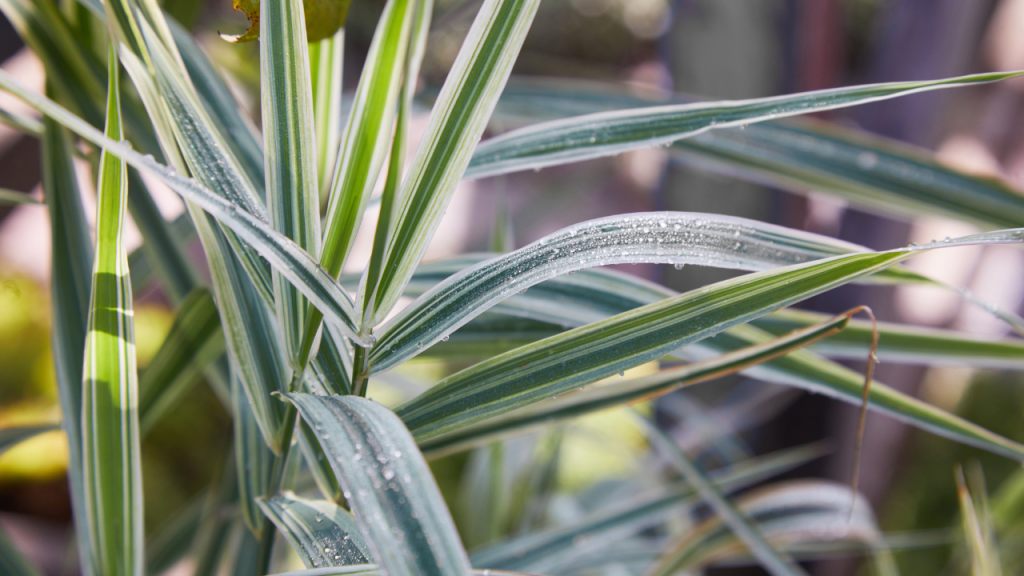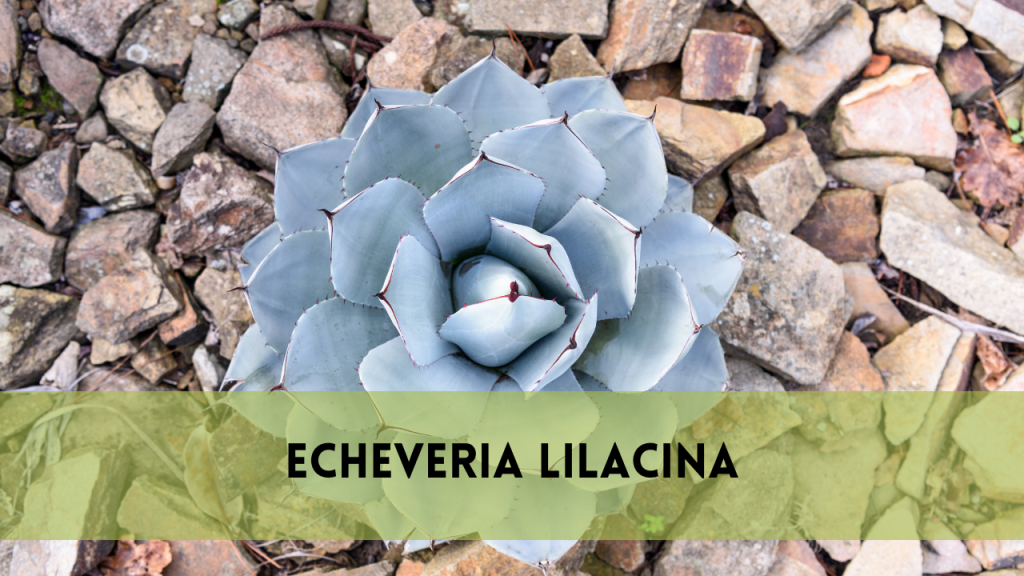Variegated liriope, also referred to as Liriope Muscari Variegata, is a pliable low-maintenance annual that stands out in garden settings because of its striking foliage. With its slim green leaves, trimmed with soft white or creamy yellow, as well as purple spikes of flowers this groundcover plant brings aesthetics and functionality to the landscape.
It doesn’t matter if you want to stop erosion in your soil, cover the shade of a space or even create an attractive border, variegated Liriope provides a sturdy and appealing solution. This guide is comprehensive and will explain all you should learn about variegated liriope including tips on planting and maintaining to the most common uses and benefits.
The Benefits of Growing Variegated Liriope
Low Maintenance
Variegated Liriope is extremely durable that requires little care once it’s established. It is drought-resistant, resistant to insects, and adapts to different soil kinds, which makes it suitable for novice as well as experienced gardeners.
Soil Erosion Control
The plant’s extensive root system can be used to control erosion of soils on slopes as well as in gardens. The dense, spreading habit of liriope with variegated leaves helps keep soil in place and reduces runoff.
Versatile Ground Cover
For a groundcover the variegated liriope is an evergreen, lush carpet that looks beautiful all year round. It’s great for places where grass is struggling to develop, and can withstand the full sun in cooler climates.
Aesthetic Appeal
The varying foliage of this liriope brings a splash of color any garden. The vibrant leaves and stunning flowers make this a very popular option in borders, pathways and containers.
Wildlife-Friendly
Variegated Liriope’s flowers draw pollinators, such as butterflies and bees. In addition, its berries provide food for birds which makes it an excellent addition to any garden that is wildlife-friendly.
Planting Variegated Liriope: Step-by-Step Guide
Choose the Right Location
Variegated liriope can be adapted, however choosing the correct spot is vital to ensure optimal development. Here are some suggestions:
Lighting Requirements It thrives in shade, but it can withstand full sun especially in cooler climates. Insufficient intense sunlight during hot weather could cause burns to the leaves.
Soil is a soil that is well-drained but is able to adapt to sandy, clay and loamy soils. Removing clay that is heavy with organic matter can improve drainage.
Spacing Space plants 12-18 inches apart to allow expansion and spread.
Prepare the Soil
Remove the area for planting of debris and weeds. Make use of compost or old manure to enrich soil.
Make an area twice as large and at the same depth the root ball of the plant.
Planting Tips
The liriope should be removed from its container, and gently remove the roots. Plant the plant in the hole, making sure the crown (where roots meet with the stem) is at a level with the soil’s surface.
The hole should be filled with dirt and press down to release air pockets. Make sure to water the plant thoroughly following planting to allow the roots to settle.
Caring for Variegated Liriope
Watering: Although it is drought-resistant, once established, it can benefit by regular watering throughout the first season of growth. It is important for the soil to remain dry, but not soaking wet.
Fertilization: Feed the liriopes with a fertiliser that is balanced and slow-release in the springtime. Over-feeding can result in an excessive growth of the leaves and can harm flowers, so a gentle feeding is recommended.
Pruning: In the latter part of winter or spring, prior to when new growth starts remove the old foliage by 2 inches above the surface. This promotes new and vibrant growth that will be ready for the spring season.
Mulching: Spread a layer of organic mulch on the bottom of the plant to help retain the soil’s moisture and to ward off the growth of weeds. Mulching will also protect the roots during winter cold.
Common Issues and Solutions
When the foliage of liriopes with variegated become yellow, it could be a sign of excess watering or inadequate drainage. Check that the soil is properly draining and decrease the frequency of watering if required.
Tips of the leaves that are brown may be the result of excessive drought or direct sunlight. Intensify watering during dry seasons and also consider planting in shade to limit sunlight exposure.
Variegated Liriope is largely free of pests, however slugs or snails might occasionally nibble the leaves. Utilize natural methods to control slugs or construct barriers to protect your plants.
In humid conditions, liriope can develop fungal leaf blight. Get rid of affected leaves, boost circulation of air, and then apply a fungicide when needed.
Uses of Variegated Liriope in Landscaping
The thick, arching foliage of liriope variegated makes it a great option for marking gardens and walkways. The low elevation provides a neat boundary that keeps soil from flowing into pathways.
To create a striking visual impact For a striking visual effect, plant variegated Liriope in large quantities. This is a great method to cover vast areas, particularly in areas of shade where other ground covers might be unable to compete.
Variegated Liriope can be adapted to containers providing the appearance of texture and color to balconies, patios and decks. Combine it with other perennials that love shade for stunning container displays.
Due to its drought-resistant qualities Its drought-resistant qualities make it a great plant as a rock-garden plant. The variegated foliage contrasts beautifully with the rough texture of stones and rocks.
FAQs About Variegated Liriope
What is the speed at which variegated liriope can spread?
Variegated Liriope spreads with a moderate rate. In ideal conditions it will create a dense mat in several years, making it a great ground cover.
Can liriopes with variegated colors withstand all day sunshine?
Yes, liriope with variegated leaves can withstand the full sun, especially in colder regions. When it is hot, shade is recommended to avoid scorching leaves.
When is the most suitable time to plant a variegated the liriope?
The ideal moment to start planting variegated liriopes is in the fall or spring. The cooler seasons bring cooler temperatures and more regular rain, which allows it to develop roots.
Is variegated liriope deer-resistant?
The variegated liriope plant is usually resistant to deer. The tough leaves do not appeal to deer, which makes it an ideal option for deer-friendly gardens. zones.
Can I divide variegated liriope?
Absolutely! Dividing liriope in 3-4 years is helpful in maintaining its vitality and health. The clump is removed in autumn or early spring then divide it into smaller pieces and then replant.
Conclusion
Variegated liriope can be a flexible beautiful, low-maintenance plant for any garden. It is a good choice whether you require a durable groundcover, an attractive borders plant or an option to stop erosion of your soil, this sturdy perennial is able to meet your requirements.
If you follow the planting and maintenance tips contained in this article and you will be able to enjoy the beauty year-round that the liriope in variegated colors can provide.
For more gardening advice and expert advice on selecting the right plants for your garden visit Arborist Heights. Our experts are committed to helping you design a the perfect green, sustainable garden that flourishes all through the year.




